If natural hair isn't dyed correctly, it can affect the overall health of your hair and the texture of your curls. Once the curl pattern of curly hair gets damaged, it becomes susceptible to breakage. So before coloring your natural hair consider things like the current condition of your strands, how long it may take to get your desired hairstyle, the best colorist for the job, and how to care for your hair in between color appointments. When it comes to choosing the best hair color for your dark skin, the most important thing to consider is your skin tone. Take a look at the inside of your arm and find your veins. If they appear more blue, you’re cool toned If your veins appear more green, you’re warm toned. If the color is somewhere between blue and green, you’re likely neutral-toned.
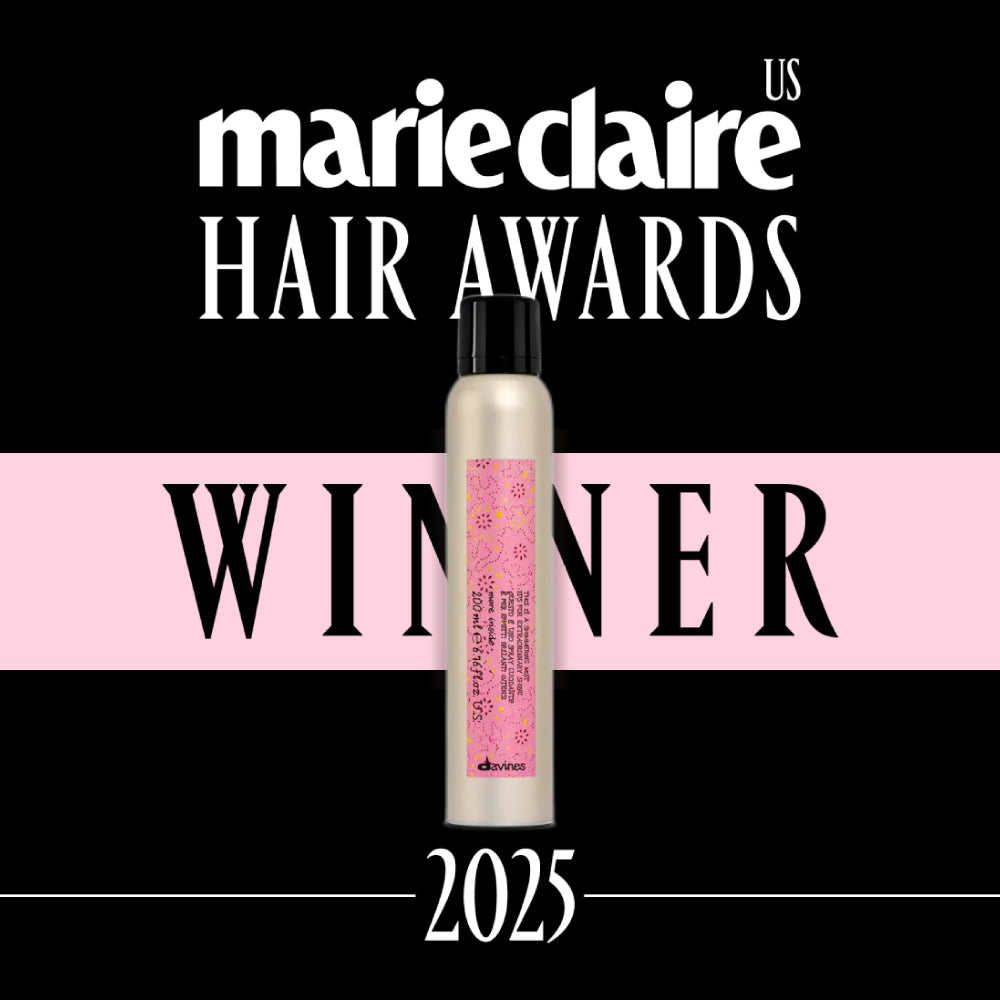

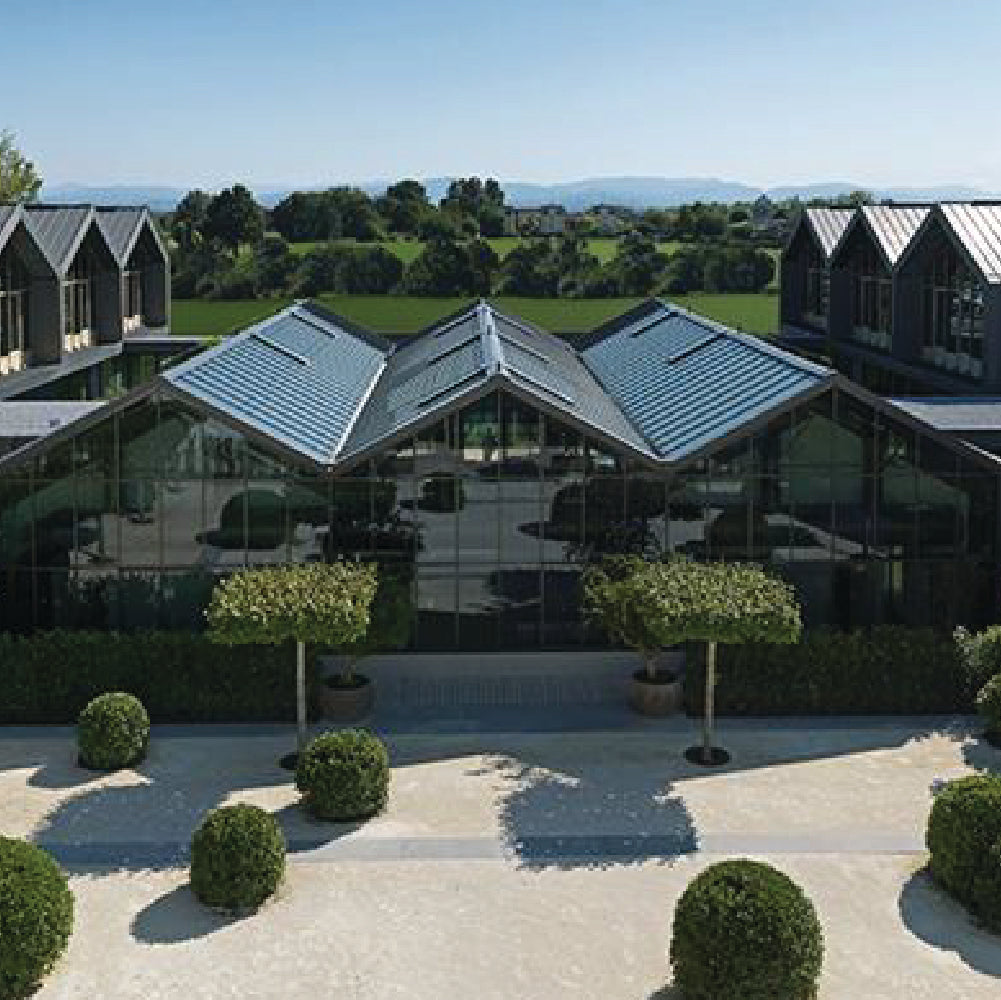
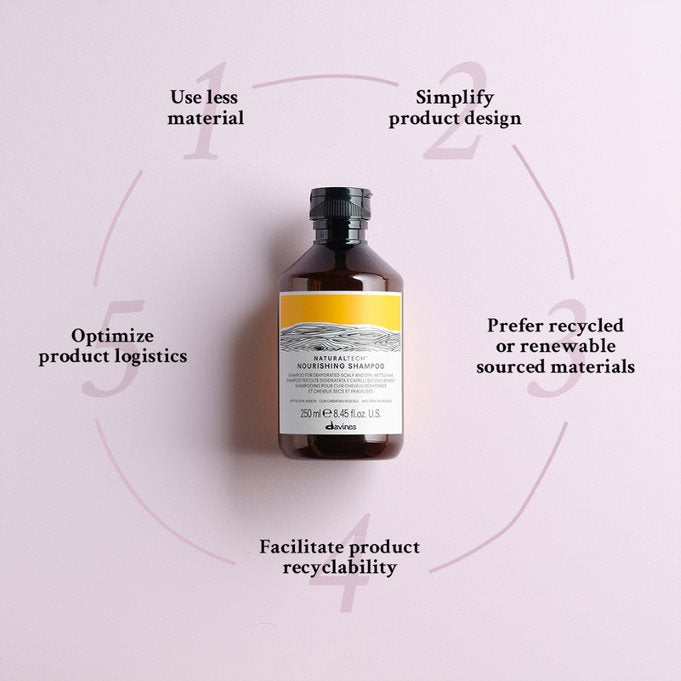
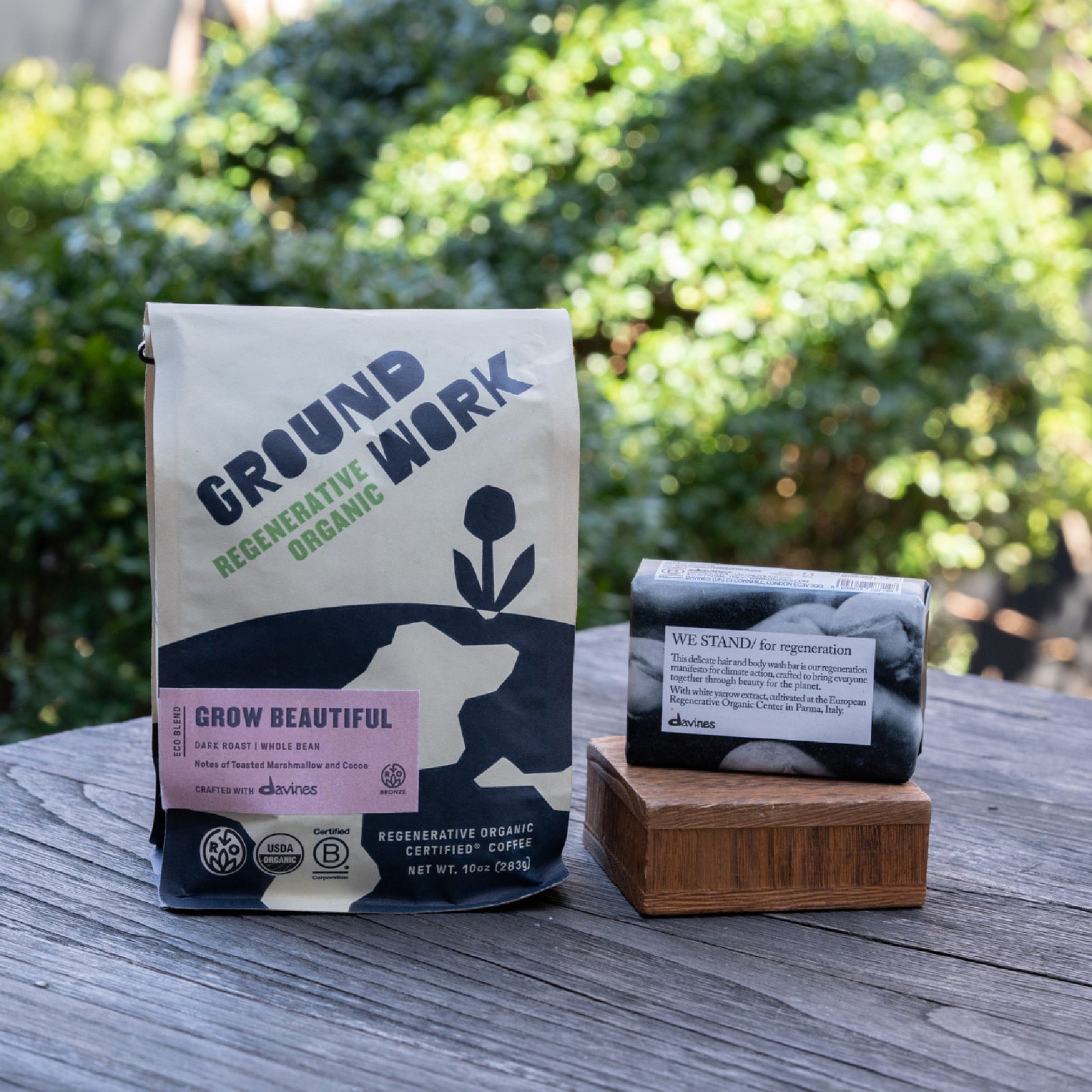
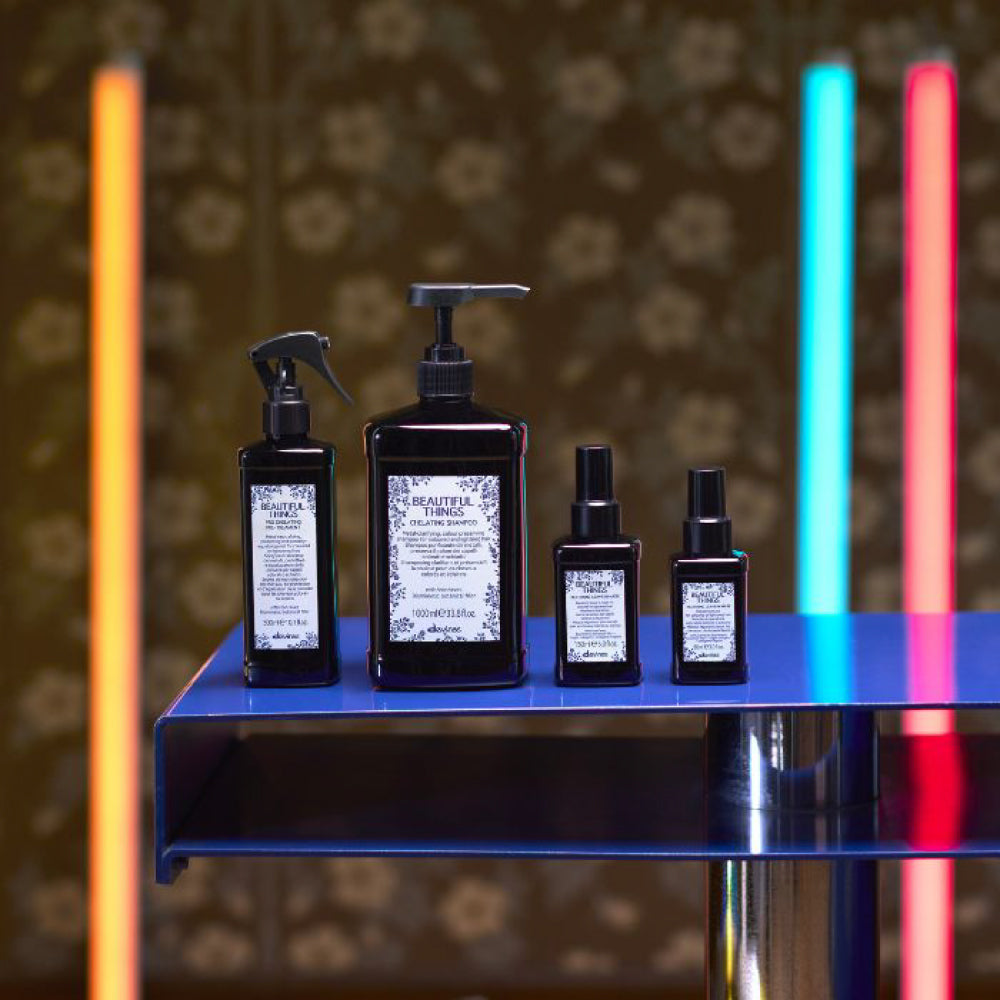
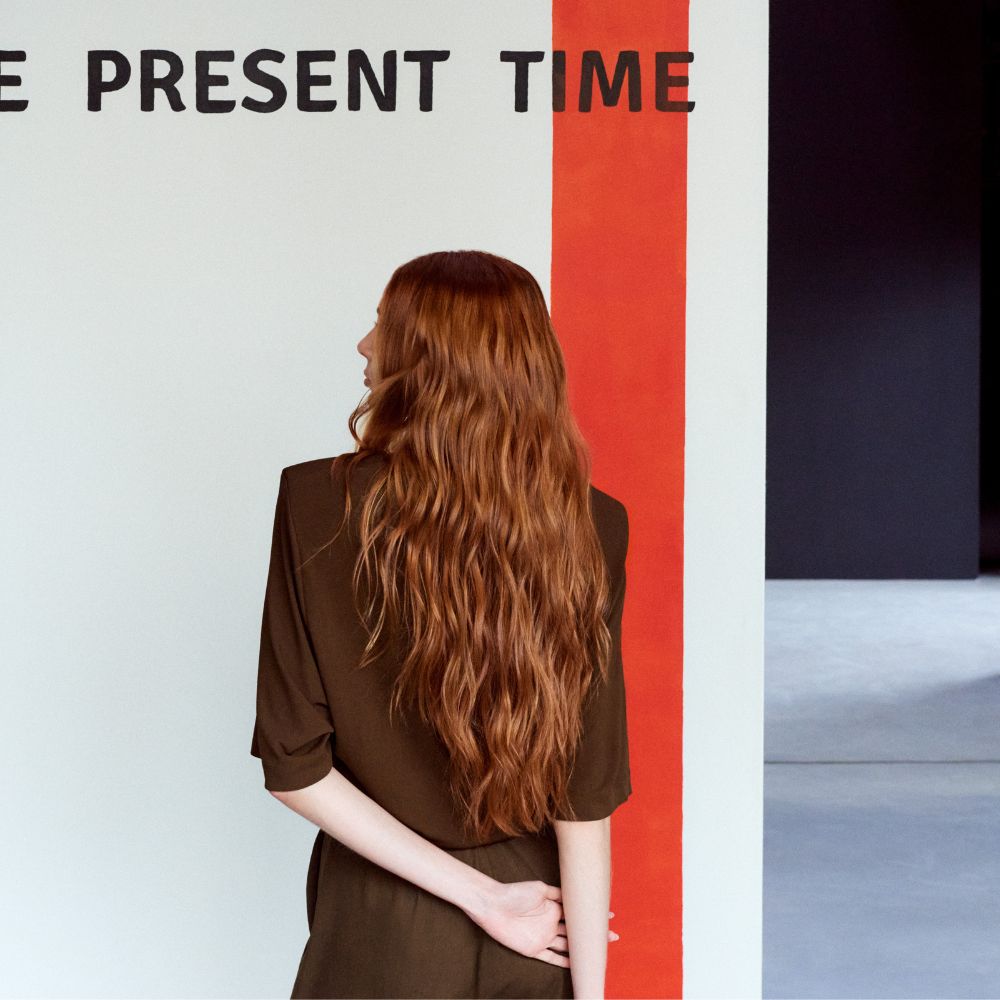
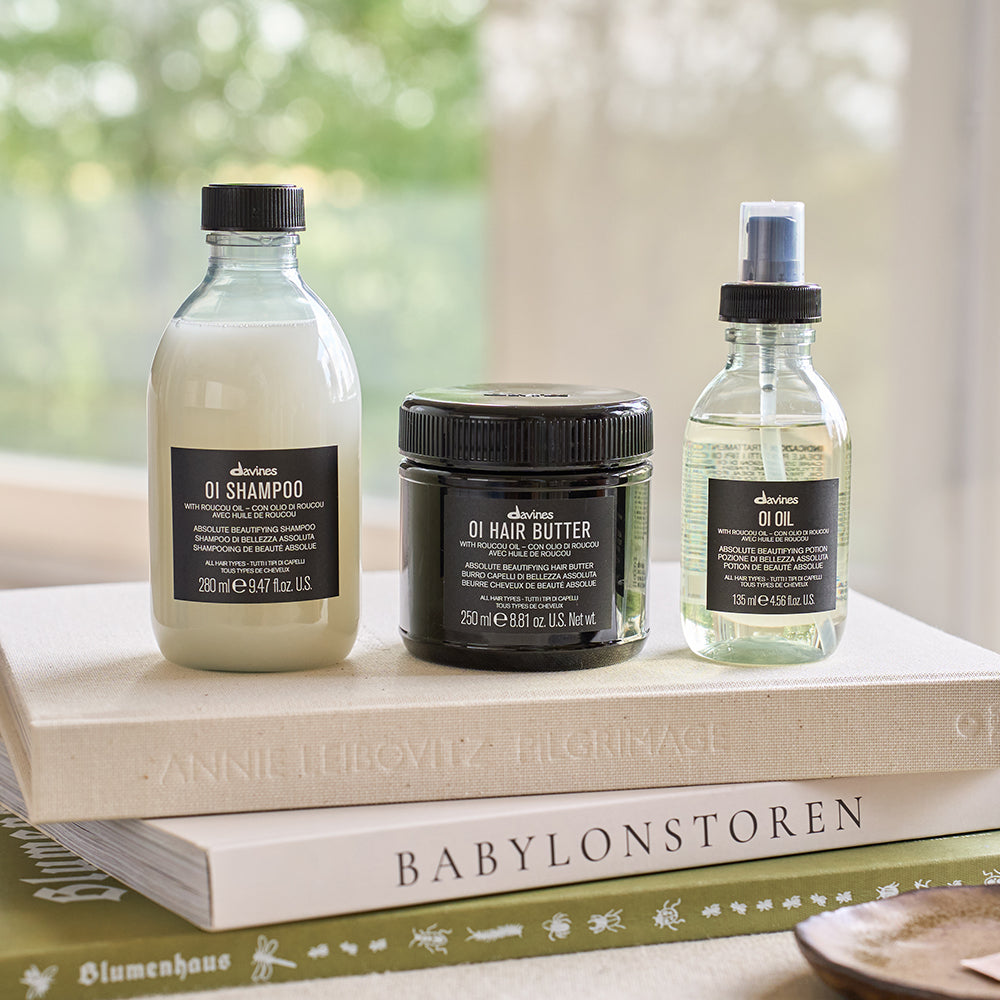
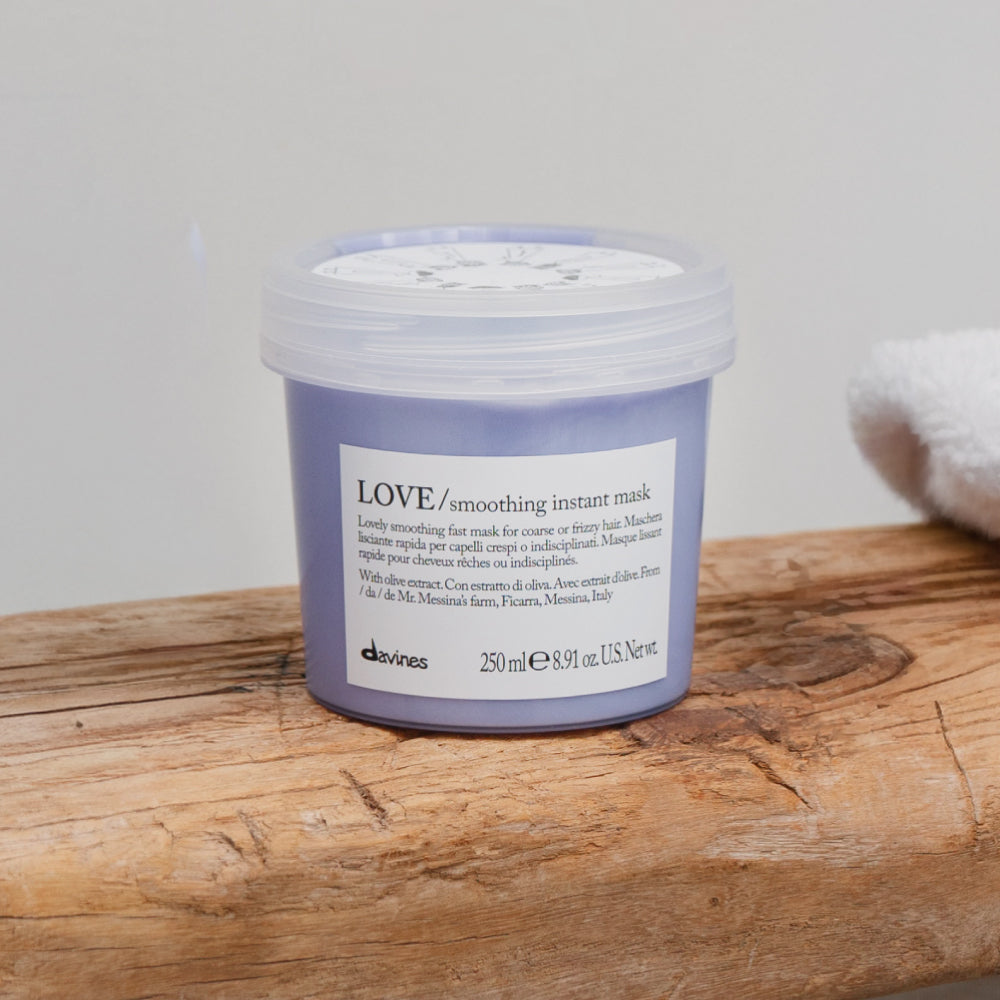
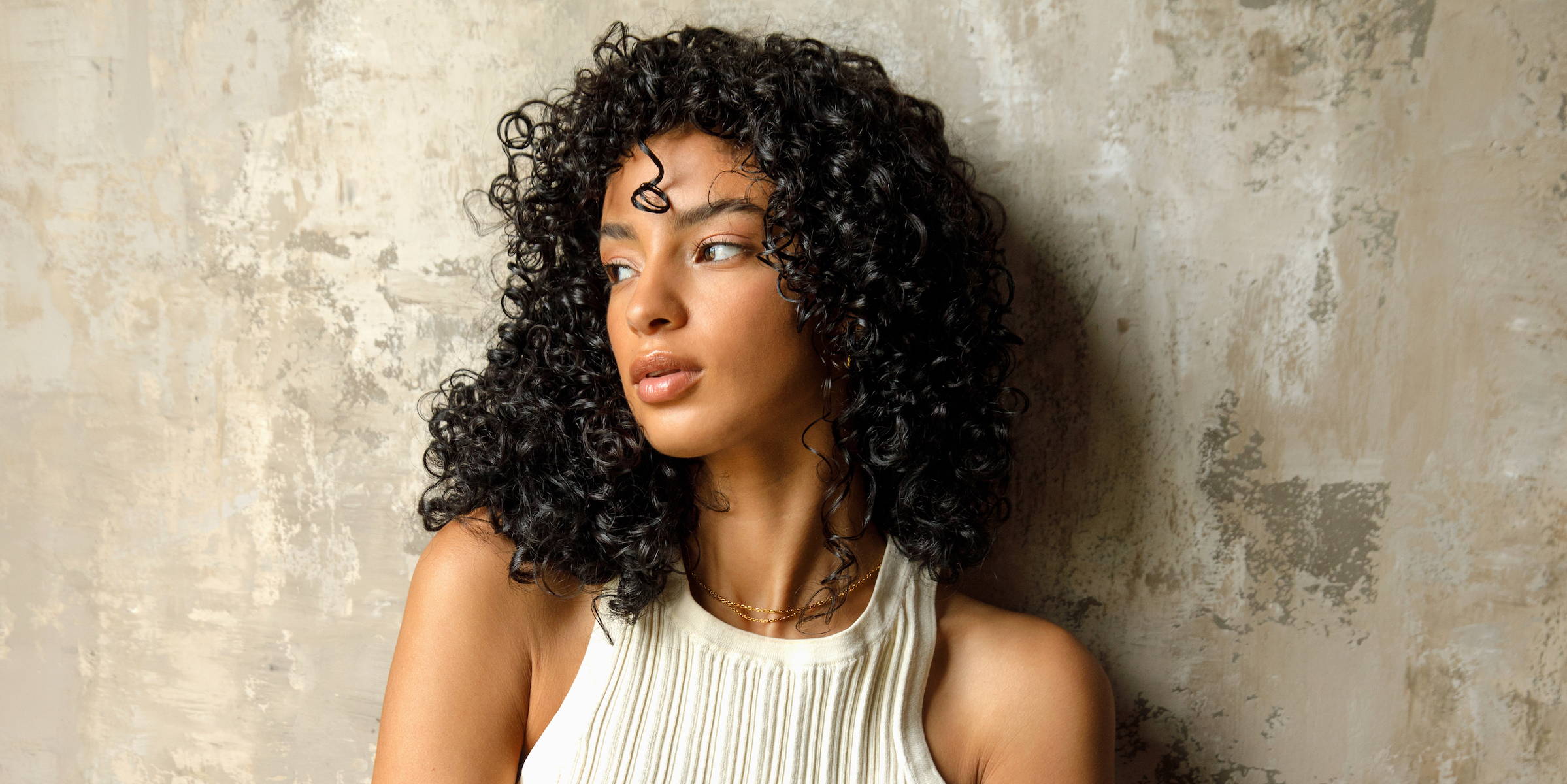
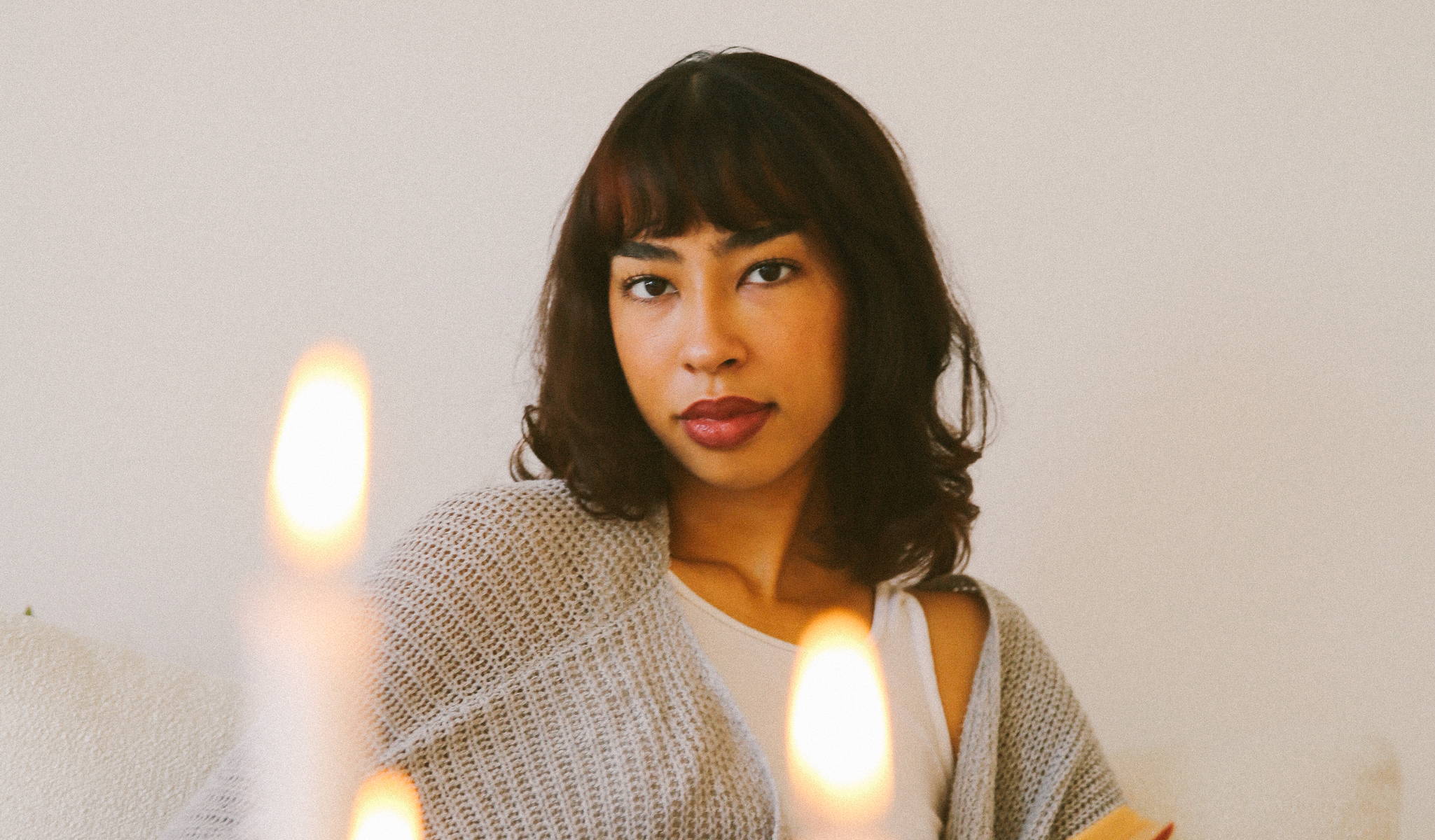
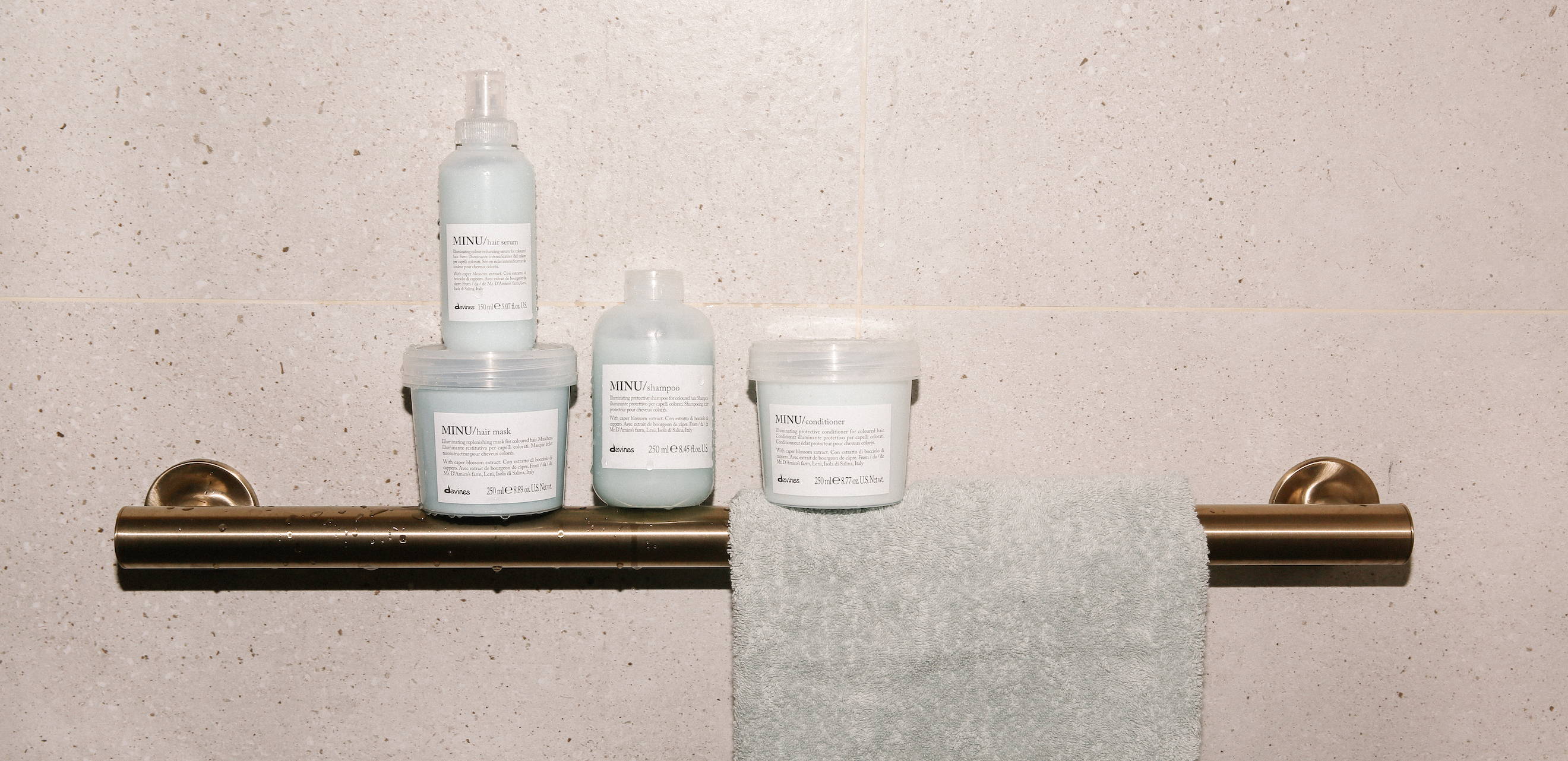

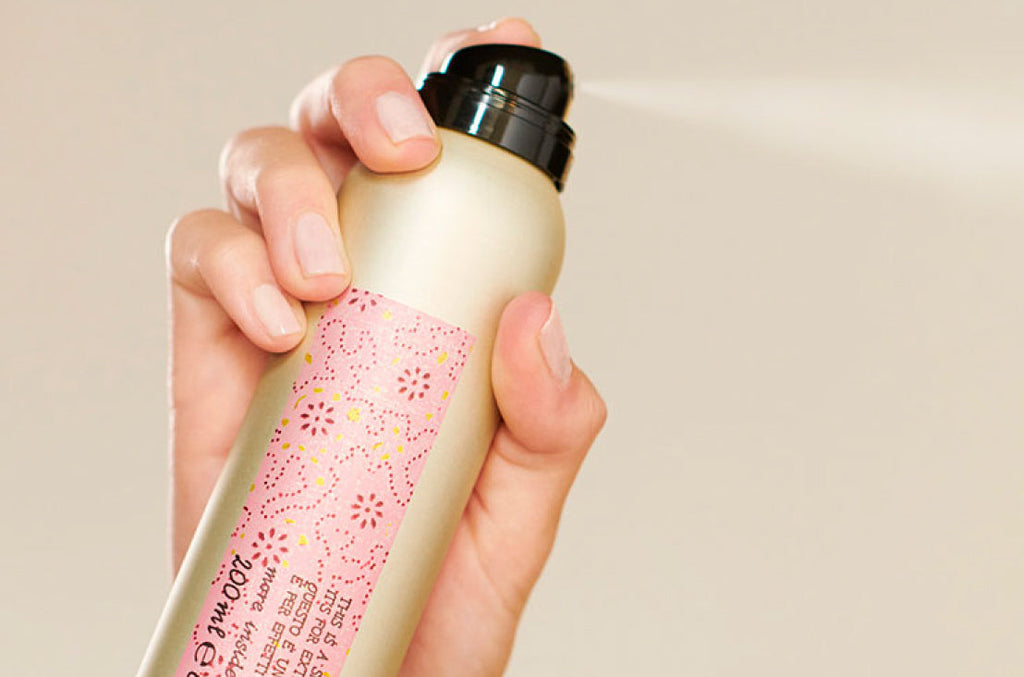
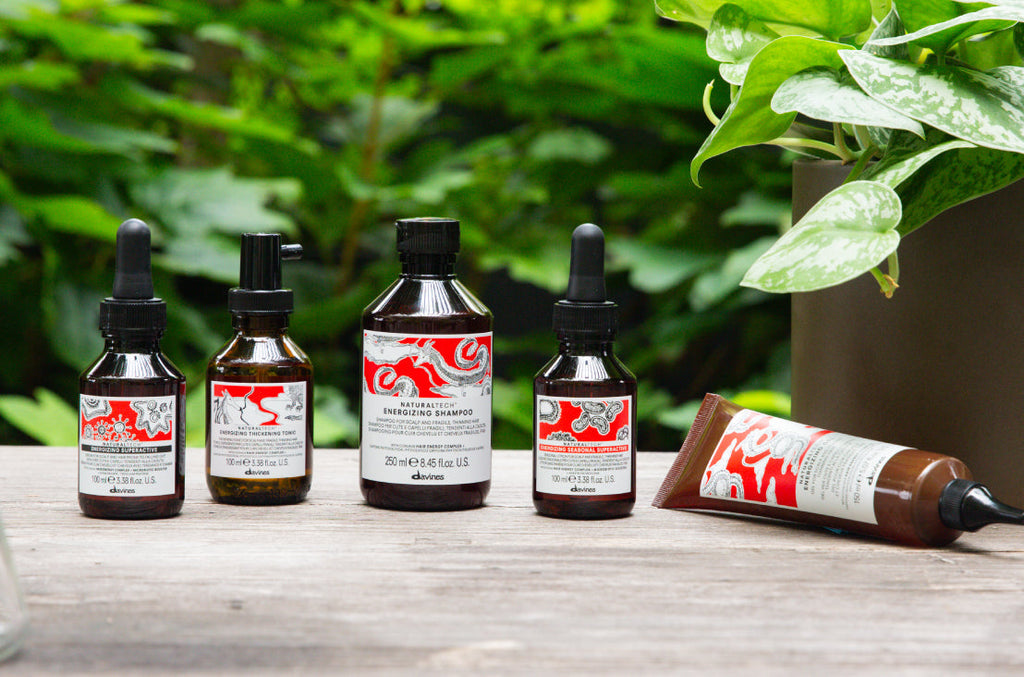
Leave a comment
Comments will be approved before showing up.